Roger Waters: The story of one man and his wall
Back in 2010 Prog sat down with Roger Waters as he unveiled his then current plan to rebuild in Floyd's The Wall in indoor arenas around the world
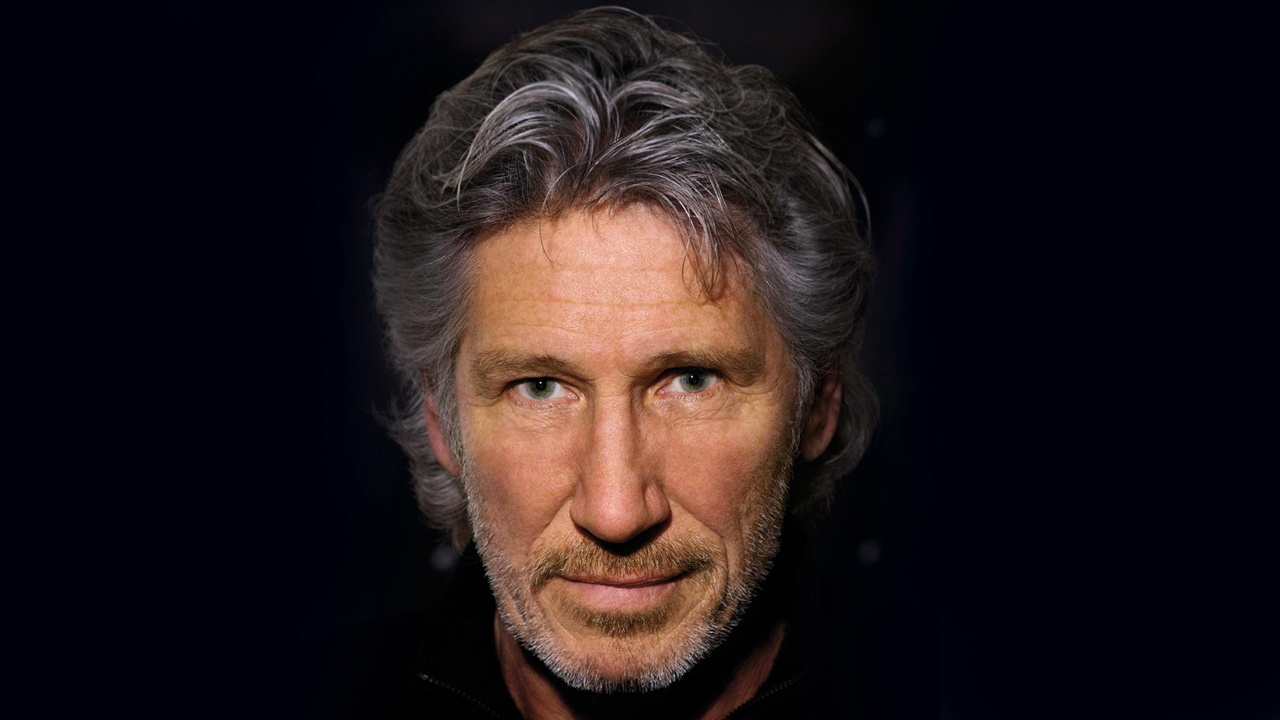
"We did a gig in Queens University in Belfast back in the 60s and we were driving through the pouring rain, a total downpour, to the next venue. I’m driving in a Zephyr Ford, the band are all asleep, I’m driving as fast as I can. I see this light ahead in the road and it’s a Gardee, and he pulls me over and comes round the window and says [adopts perfect Irish accent] ‘I’m sure you were going a hell of a lick!’ and I say ‘Oh, was I? I’m terribly sorry, I didn’t realise’. And he says ‘Can I ask you a question young fella? What would happen if a child or a drunk person were to have walked into the road?’. And I thought ‘I take your point, what a brilliant and typically Irish take on things’. I’ve never forgotten that.”
Roger Waters is on something of a comedic roll. Prog is sat at a press conference amid the grandeur of London’s Mandarin Hotel, whilst Waters announces the European leg of his latest live venture, taking 1979’s celebrated The Wall album back out on the road. A US leg has already been announced and starts in September of this year. Today, in the middle of a whirl of PR people, tour promoters and TV cameras, a select group of European media are to be told that as of March 21, at Lisbon’s Pavilhão Atlantico, Waters and his touring band (announced in news last issue) will also take the grandiose spectacular that is The Wall on a tour of Europe, reaching the UK in May 2011.
The nature of the press conference is not something UK journalists treat with a great deal of enthusiasm (a bit like the musicians that have to hold them if truth be told). Perceived the domain of the foreign press, replete with the obligatory “Do you have a message for the people of [insert country name here]” request, or the tabloid press who have little more than a cursory interest in the subject matter, the wheels of the great music PR industry work outside such showboats for most of the major music titles that fill the newsagent’s shelves.
So why does Prog find itself seated next to two Classic Rock colleagues in (naturally) the back row, listening quietly and shooting each other the odd grin? Well, it’s Roger Waters for starters. Not always the greatest friend of the media, and a man for whom the whole idea of communication of any kind has formed the basis of many of his works, be it with Pink Floyd or as a subsequent solo artist. We simply wouldn’t be doing our job were we not to attend such an event. And also we’ve been granted a private audience with Waters post conference, where we can grill the man in depth. It makes sense.
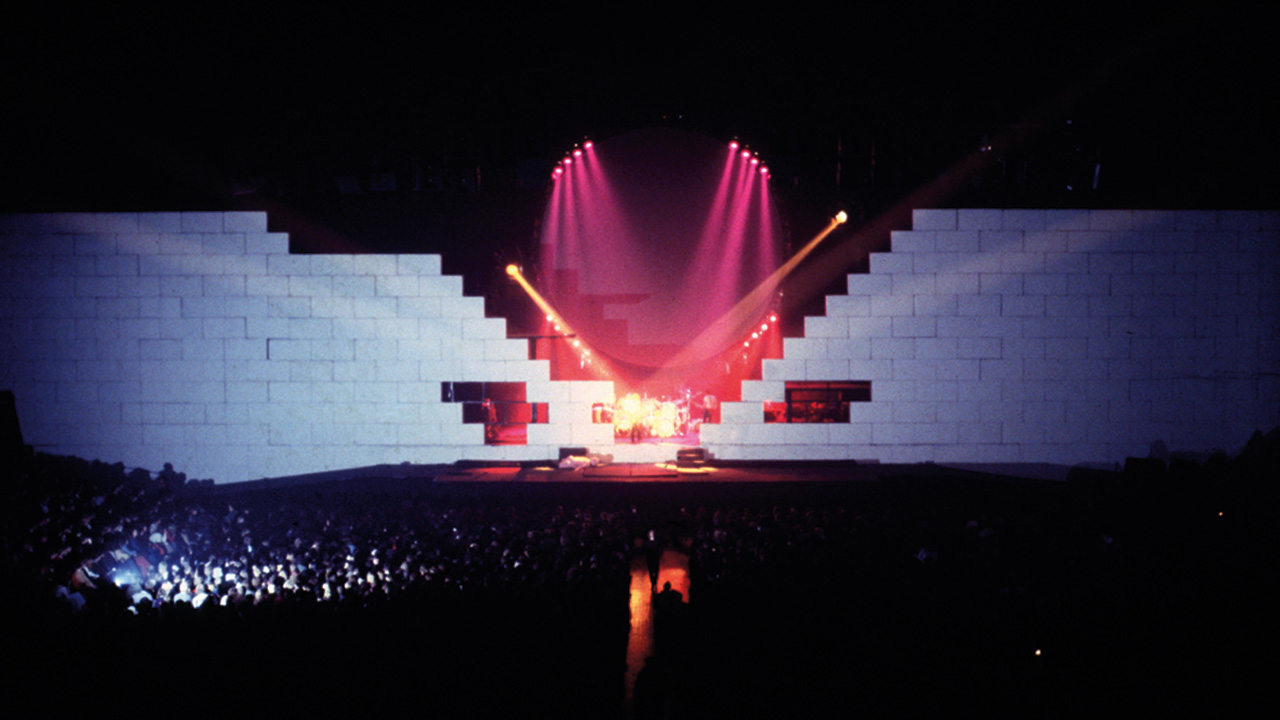
“I remember this gig in Cork on the last tour, in a circus tent,” continues Waters, responding to a request from a member of the Irish press for further memories he has of performing in the Emerald Isle. “It was a cold and rainy day and we blew the power out. Where we happily playing along and then the whole thing went pffft and there was nothing. The power had gone. Luckily the backroom boys managed to get it sorted out and we could finish the show. Not like in the old days when we used to play this little old place in Cork, I can’t remember what it was called [most likely the Arcadia Ballroom – Floydophile Ed], and you played on a stage eight feet high so the audience couldn’t get at you (laughs). We did a gig there in 1967 or 1968, and it was awful. The audience were a bit snarly. The guy who owned the club came bursting into the dressing room shouting [adopts accent again] ‘Boys that was brilliant, have a bottle of champagne...’ and we were like ‘Why? It didn’t seem like it to us!’ and he said ‘They didn’t try and kill you!’… It was very un-Irish.”
To be honest, this all sounds a bit un-Roger Waters as well. For so long now perceived, rightly or wrongly, as the bad guy in the Pink Floyd dissolution of the 1980s, Waters has, nevertheless, undergone something of a transformation as far as public perception goes (later we will discover it’s very much a personal transition as well) since his last appearance alongside his Pink Floyd colleagues David Gilmour, Nick Mason and the late Rick Wright at London’s Live 8, his evident bonhomie to his old bandmates seemingly at odds with the increasingly curmudgeonly Gilmour.
Seated in the Mandarin, awaiting Waters arrival, we are intrigued at how the man himself will deal with some of the more inane journalistic probing such events never fail to deliver. We are treated to clips in searing high definition of a seemingly deliriously happy Waters performing live on his Dark Side Of The Moon tour which ran from 2006 to 2008. After the usual platitudes, not to mention a false start, Waters eventually enters to polite applause, goatee-bearded and looking far fitter than many men of his 66 years [* this interview was conducted in 2010]. He does, however, look a tad uncomfortable. It doesn’t go unnoticed that the minute he does actually appear, the sun breaks through the morning cloud cover and a parade of infantrymen, resplendent in all their finery, march past the window behind which Waters is seated.
Sign up below to get the latest from Prog, plus exclusive special offers, direct to your inbox!
“You’ll have speak up,” he smiles through the melée. “I’m a bit deaf...”
The next half an hour flows by, Waters a delightful, sometimes self-effacing comedian, always handling even the more incomprehensible questions with good grace. We are told that the European tour will run for a course of an initial 38 dates. The band will perform The Wall in its entirety. That Gerald Scarfe who provided the visuals and puppets for the original album tour and subsequent film, is back on board, providing new, up to the date material for the tour. That modern technology allows the entire 8,000 square foot wall that will be built in the chosen arenas (only inside venues this time) to be used as a screen on which the visuals help the music unfurl the torrid tale of one man’s breakdown and retreat from the world. And yes, there will be a plane that crashes into the side of the stage. Following on from the stunning Dark Side Of The Moon jaunt, it promises to be an amazing spectacle. The kind for which Waters is primarily known.
“There were very few shows, to be honest,” he remarks, when we finally meet in the privacy of a smaller hotel lounge, and Prog asks about his memories of the original …Wall shows. In fact he opens our meeting with a genial enquiry about the score in the England Bangladesh cricket test, which Prog duly summons up on our mobile. But we digress. “I think we did six days in LA, six days in Nassau Coliseum, six days in Earls Court and five or six days in Dusseldorf... What’s that? I dunno, 30-odd? So we didn’t do it very often.”
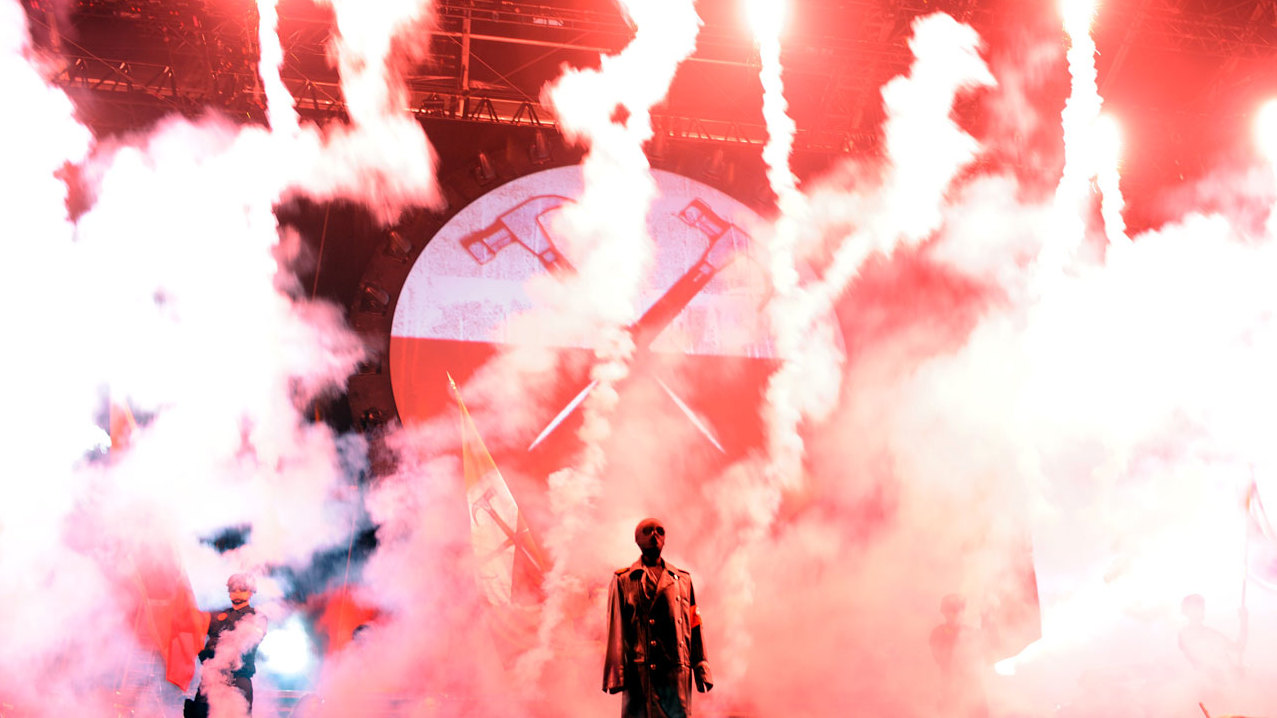
In fact Floyd played an initial 31 performances of The Wall in 1980 and 1981, which featured seven in LA, five at the Nassau Coliseum, six at London’s Earl’s Court, eight at Dortmund’s Westfalenhalle and a final five back at Earl’s Court. Waters famously performed the entire thing again in Berlin – after the fall of their own oppressive monstrosity – in July 1990 with such celebrated guests as Joni Mitchell, Van Morrison and Sinead O’Connor, as well as Bryan Adams and the Scorpions.
“I remember it being very exciting,” he continues. “I remember the first one at the Memorial Sports Arena in LA and we set fire to some drapes after about five minutes and had to stop the show. That was very weird. We’d had to fly these drapes especially in and these fireworks had gone up and set fire to them. There was a hole about the size of a soccer ball and the thing was smouldering and eventually the room was full of smoke. Every night was real excitement. We never knew every night whether the show would work, whether the projectors would work or anything.
“We’re doing a lot more shows this time around. About 55 or something in the fall and then another batch in Europe. And then we’ll have to see after that, whether we take it to South America or some of the other places that I’d really like to play. “
Given the intensely personal nature of the relationship between The Wall and its main creator, one must wonder how Waters feels about taking the thing back out on the road in an entirely different era to the one in which it was created. In 1979, when it was released, it was a treatise about the disassociation between artist and audience. In 2010 the idea of the enormo-dome live spectacular, the like of which Waters himself excels at, is commonplace for most people, bands and audience alike. So much so, the idea of seeing a band in a sweaty little dive such as the Kensington Count Down Coffee and Wine Bar, where Pink Floyd made a very early appearance in 1965, would, unfortunately, seem alien to many.

“Thirty years ago when I wrote The Wall I was a frightened young man,” Waters starts, adding, “well, not that young. I was 36. Anyway, in the intervening years it’s occurred to me that the story of my fear and loss with its concomitant inevitable residue of ridicule, shame and punishment, provides an allegory for border concerns; nationalism, racism, sexism, religion, whatever! All these issues and ’isms are driven by the same fears that drove my young life.”
Fair enough. But if Waters feels that the thought processes that made The Wall are still perfectly relevant in today’s society what about the fact that it’s still him up on stage, performing such a burningly personal oratory.
“ The emotions that drove the writing of the songs and the music become immediately accessible when I start to sing the songs again,” he admits. “I’ve had to drop a couple of them a tone – when you get older you can’t reach the high notes anymore. I think Don’t Leave Me Now and One Of My Turns we’ve had to drop a tone. And maybe we’ll have to drop Run Like Hell.
“Everything that I’ve ever written is very emotional and tied to something very real that I’ve felt about something. A couple of years ago we were out doing Dark Side Of The Moon and we started playing Us And Them or something and I go back to lump-in-the-throat mode. You hear the first few notes and you’re right back there. It is what it is, I guess...”
The one thing that seems strikingly evident, from Waters relaxed, amiable attitude and more specifically from the footage we saw prior to the earlier press conference, which featured a beaming bassist playing up to the crowd during a rousing version of Another Brick In The Wall Part 2 is how happy he is in his own skin these days. Given that The Wall was directly inspired by a notorious incident at Montreal Olympic Stadium in July 1977 when, incensed by a group of rowdy fans at the front of the stage, Waters found himself spitting at them, how did he feel he had changed as a live performer over the years?
“A very interesting question,” he muses. “I feel completely different about being on stage now than I did then. In the last 30 years I’ve completely come round to embracing the possibilities of the connection between me and the audience. And I like to think that when I’m onstage now I milk it mercilessly, ha ha. Just because it’s a lot of fun. I make a lot of eye contact with the audience these days. And I really enjoy the fact that they really like the songs and I really like the fact that it feels like a community. Back then when I was onstage I was so fearful... It was like I was when I was at a party, sort of standing in the corner not talking to anybody, smoking a cigarette, almost staying ‘Don’t come anywhere near me’. Thank goodness I’ve grown up a bit since then, and I really enjoy the experience of being in front of an audience now.”
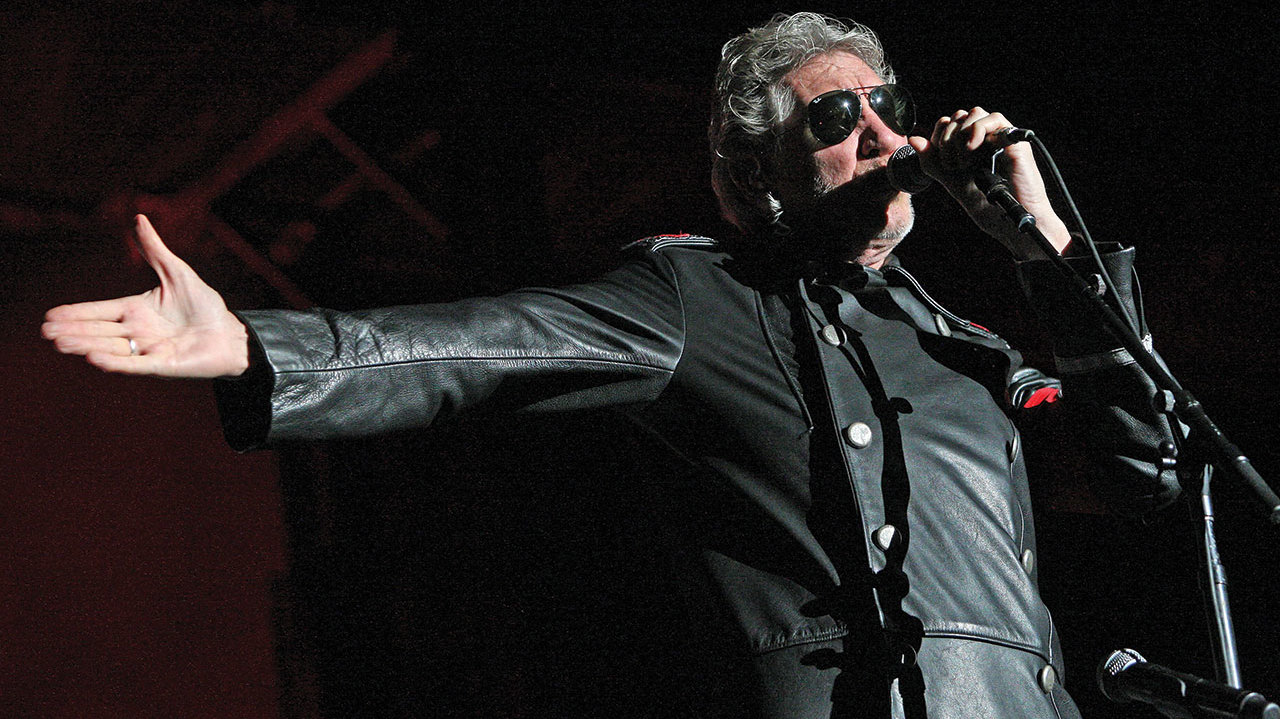
You mentioned earlier that this is a huge undertaking – one that sees you dropping tones for various songs and undertaking new regime of vocal exercises. Can you see yourself undertaking a venture such as this post-Wall? The Final Cut perhaps?
“Well, I can’t see myself doing this when I’m 80, you know, 55-date tours. Mind you that is only 14 years away,” he grins. “And I’m sure there’ll come a time when I don’t want the huge undertaking. I’m pretty fit though and I have no qualms about doing this one. I have started to work out in preparation for doing it. It is physically quite demanding.
“Vocally I do about half an hour to 40 minutes a day. And I have a lesson once a week which I repeat. You’d think I was mad if you saw it though. It’s very specific, singing scales and things but with different in and out sounds. ‘Ha’s and ‘he’s and ‘la’s and things, but most of it holding your tongue out. You hold your jaw down and sing these sounds. It looks completely daft but it builds the muscle. You do need it.”
Talk inevitably turns to Pink Floyd, the band who created the wonderfully behemothic prog animal that is The Wall, and with whom Waters so acrimoniously fell out during the making of, leaving a band that splintered finally during the creation of 1983’s The Final Cut. The trauma of the band’s decision to carry on without him is well documented to such an extent that few could believe their eyes when olive branches were extended and the band reunited for one final appearance at 2005’s charity Live 8 concert in Hyde Park. Waters, for so long the aggressor in the band’s relationship, views the reunion fondly.
“It was Geldof,” he says, simply. “He called me as a last resort because he’d already spoken to David at considerable length and got the ‘No’. And he spoke to Nick who told him ‘The only person who might get him to do this is Roger’. So I did call him. I got David’s phone number from Geldfof because I didn’t have it. And he was very surprised when he picked up the phone but he spoke and he thought about it and after a day or so he said ‘Okay, I’ll do it’. Which was great, particularly now that Rick has died. For the four of us to get back together and do three or four songs just once was very important, especially for me. I thought it was great. I loved it.”
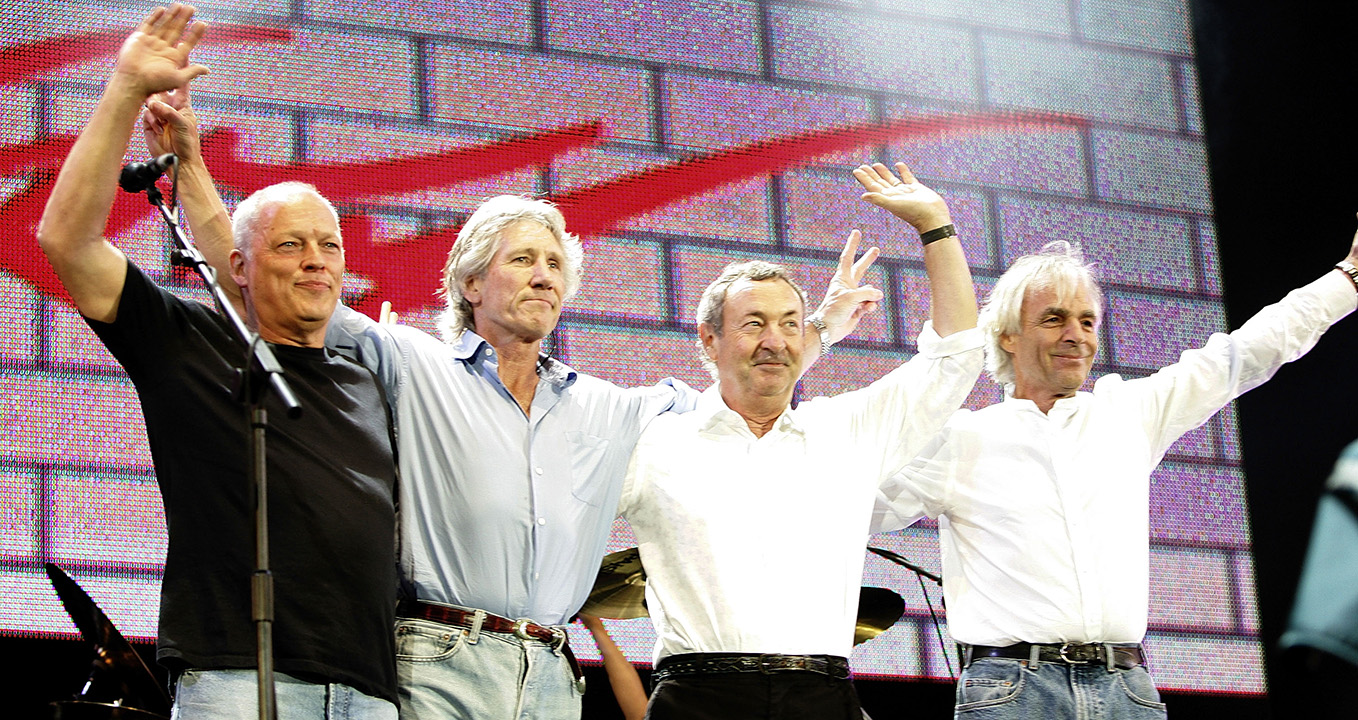
And of the inevitable following question – does he ever think that the three remaining members of Pink Floyd might ever perform again?
“I don’t know. I think it’s highly unlikely. I don’t think David’s even faintly interested in doing that. I think he’s happy with what he did. It’s not a particular disappointment, particularly without Rick. I mean, as we slowly die off... I mean, maybe, for a one-off thing, a charity event like Live 8, maybe, three might be enough. I think two wouldn’t really be enough. I’d be up for it, though, for sure.”
Which pretty much leaves us to enquire as to whether we might be seeing a new solo album. Or whether there’s more opera based activity (Waters released the chart topping opera Ça Ira in 2005). What has Roger Waters been working on lately?
“When I started work on this tour I was in the middle of editing the film of The Wall shows and a film I call Swaddle, which is a film of the Dark Side Of The Moon tour, but without Dark Side Of The Moon in it. I’m definitely going to put The Wall out at some point.”
And a possible solo album?
“Oh God…,” he feigns in mock agony. “Well I’ve got so many songs written, I keep meaning to get round to organising it. I never seem to get round to it though. It has been a while...”
Eighteen years, Prog tells him.
“Yes,” he nods with an almost embarrassed smile. “That’s a long time.”
This article originally appeared in issue 17 of Prog Magazine.
Writer and broadcaster Jerry Ewing is the Editor of Prog Magazine which he founded for Future Publishing in 2009. He grew up in Sydney and began his writing career in London for Metal Forces magazine in 1989. He has since written for Metal Hammer, Maxim, Vox, Stuff and Bizarre magazines, among others. He created and edited Classic Rock Magazine for Dennis Publishing in 1998 and is the author of a variety of books on both music and sport, including Wonderous Stories; A Journey Through The Landscape Of Progressive Rock.

